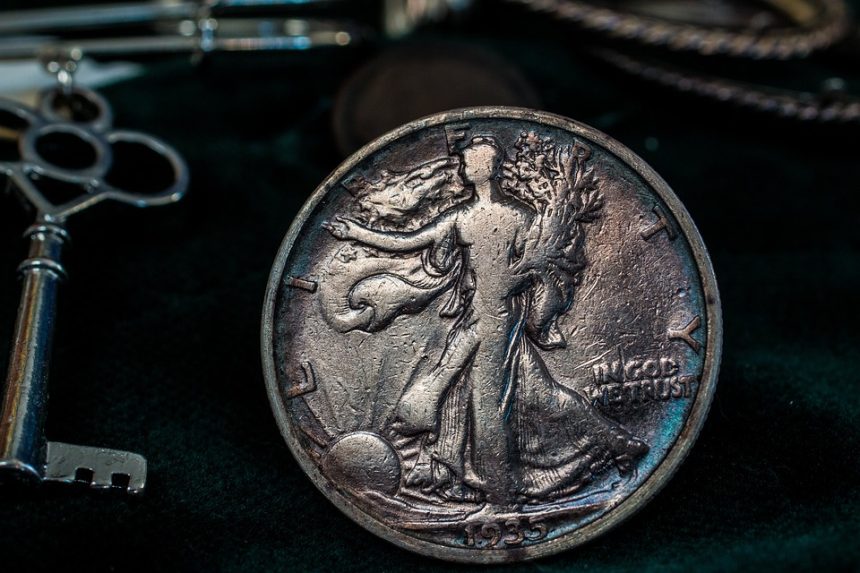In 2013, software engineers Billy Markus and Jackson Palmer created Dogecoin (DOGE) as a lighthearted homage to the popular "Doge" meme featuring a Shiba Inu dog. Originally, it was intended as a joke—an easygoing alternative to Bitcoin, with a focus on fun rather than serious investment. However, what began as a playful venture in the cryptocurrency world swiftly evolved into a formidable player in the financial landscape, transitioning from a mere meme to a mainstream digital asset embraced by millions.
The Humble Beginnings
Launched as an open-source cryptocurrency in December 2013, Dogecoin quickly gained traction within online communities. Unlike Bitcoin, which focuses on scarcity with a capped supply of 21 million coins, Dogecoin was designed to be inflationary, with no maximum limit on the number of coins that could be mined. This made it accessible and friendly for microtransactions, encouraging tipping content creators on social media platforms like Reddit and Twitter.
The Community Effect
What sets Dogecoin apart from other cryptocurrencies is its strong, engaged community. From the outset, Dogecoin holders rallied around the coin’s playful spirit, organizing charitable fundraising initiatives. One of the first significant campaigns was to sponsor the Jamaican Bobsled team at the 2014 Winter Olympics, a noble cause that garnered worldwide attention. This act of community spirit solidified Dogecoin’s reputation as a feel-good cryptocurrency, making it more than just another speculative asset.
The Price Surge and Celebrity Endorsements
In late 2020 and throughout 2021, Dogecoin began to receive unprecedented attention as the broader cryptocurrency market surged. Prices skyrocketed, fueled in part by social media influence and celebrity endorsements. Elon Musk, the billionaire entrepreneur and CEO of Tesla and SpaceX, became one of Dogecoin’s most prominent advocates, frequently tweeting about it and even referring to himself as the "Dogefather." His tweets often led to sudden price spikes, drawing significant media attention to Dogecoin as a legitimate asset.
As interest grew, so did the trading platforms that offered Dogecoin, facilitating access for a new wave of investors. Mainstream brokers like Coinbase and Robinhood enabled everyday users to buy, sell, and trade DOGE with ease, further legitimizing its status as a cryptocurrency.
Institutional Acceptance and Utility
By mid-2021, Dogecoin’s market capitalization soared into the billions, cementing its place among the top ten cryptocurrencies. Companies like Tesla even started accepting DOGE for certain merchandise, embracing it as a new form of payment. This marked a crucial turning point for the meme coin, bridging the gap between digital novelty and real-world utility. More recently, developments in the blockchain space have led to proposals for enhancing Dogecoin’s capabilities, including smart contracts and decentralized finance (DeFi) applications.
The Challenges Ahead
Despite its meteoric rise, Dogecoin faces challenges that threaten its long-term viability. Like any asset driven by hype and community sentiment, its price can be highly volatile. Critics argue that Dogecoin lacks the fundamentals of a sustainable cryptocurrency, as it was initially created without a clear roadmap for technological advancement. Moreover, the sheer number of coins in circulation raises concerns about inflation and long-term value retention.
However, the Dogecoin community remains undeterred. Advocates argue that the coin’s fun nature and cultural significance could endow it with longevity. With ongoing discussions about further development and improvements, there is potential for Dogecoin to evolve into a more robust digital currency.
Conclusion: A Symbol of the New Digital Economy
Dogecoin’s journey from a meme-inspired novelty to a mainstream cryptocurrency is emblematic of the broader changes shaping the financial and digital landscape. It reflects the intersection of technology, community, and culture in the 21st century. While it may have started as a lighthearted joke, Dogecoin has become a symbol of the growing acceptance of alternative currencies, pushing the boundaries of what we consider money in the digital age.
As we look to the future, Dogecoin represents not just a cryptocurrency, but a cultural phenomenon that highlights the power of online communities and the unpredictable nature of innovation in the financial sector. Whether it remains a serious contender in the cryptocurrency space or evolves into a staple of digital commerce, Dogecoin has undoubtedly made its mark on the world.






